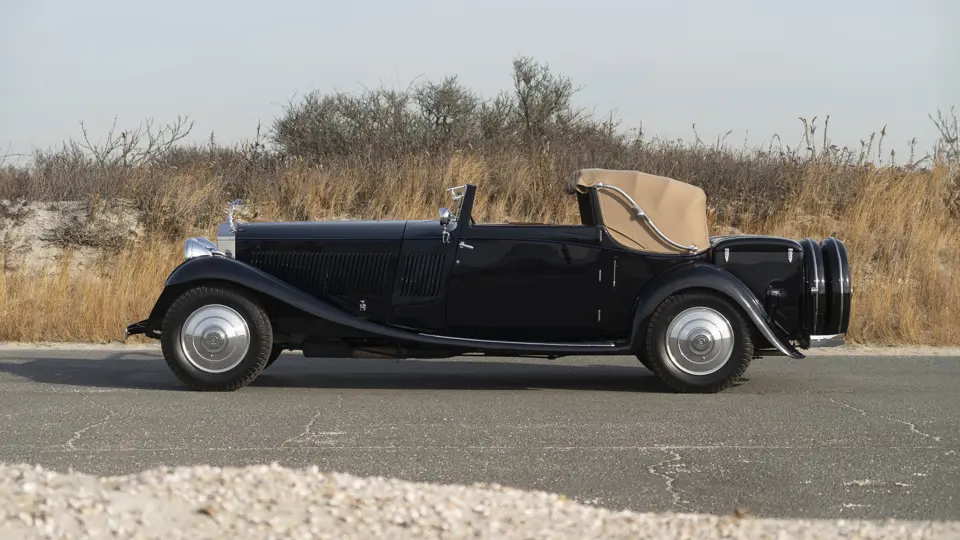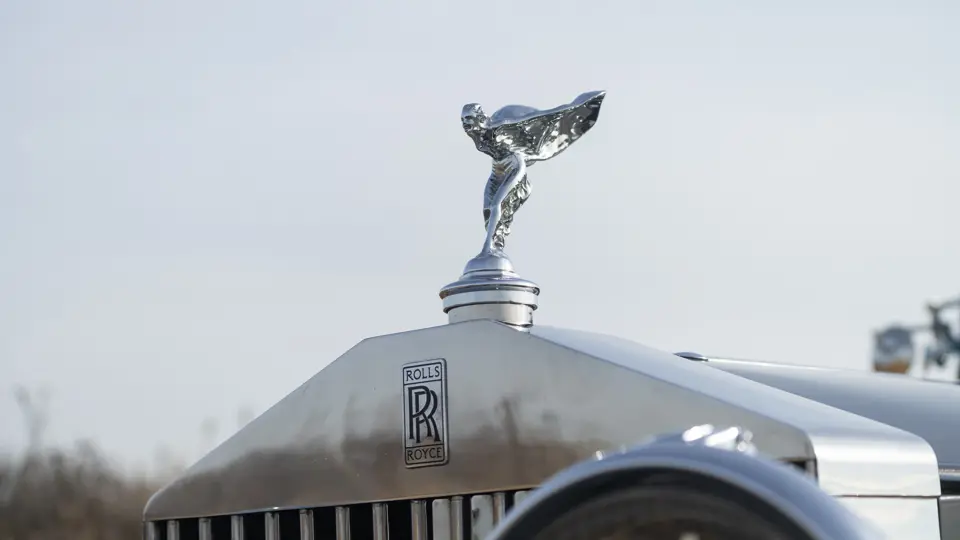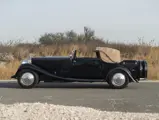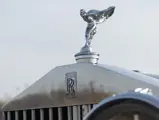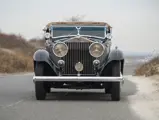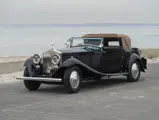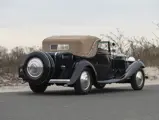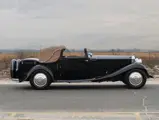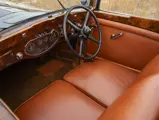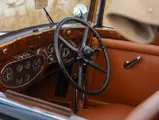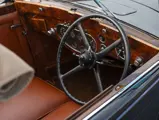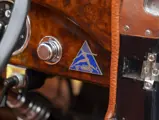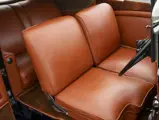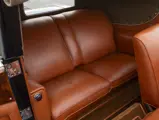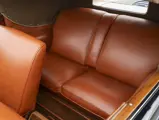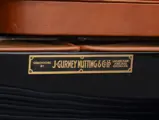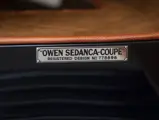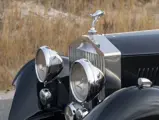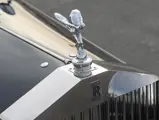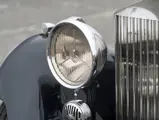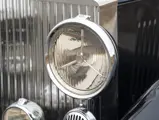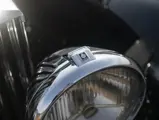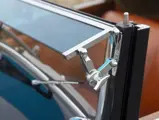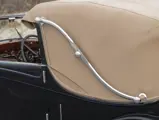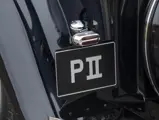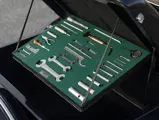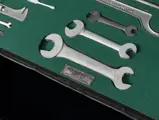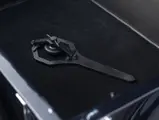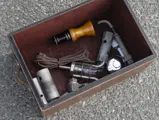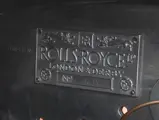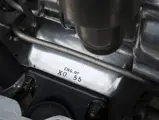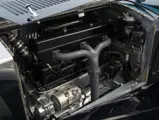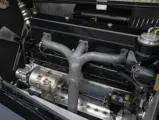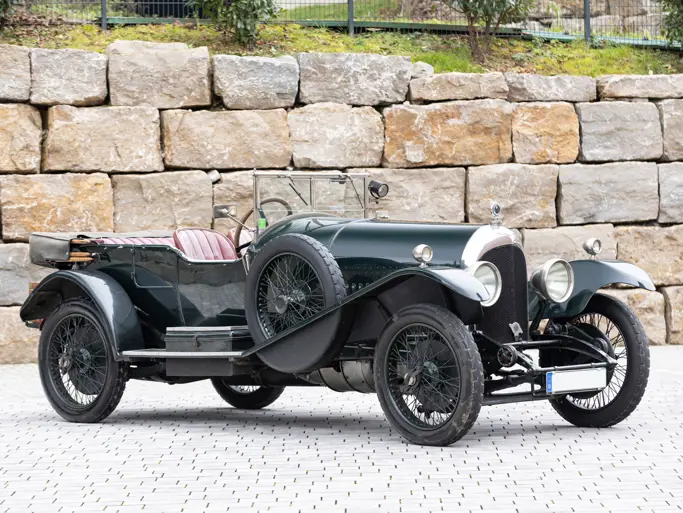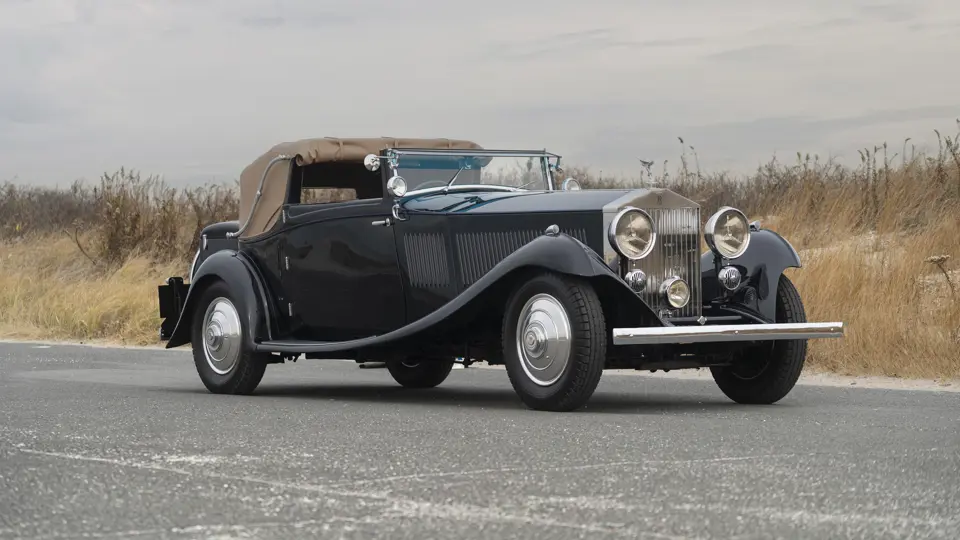
1934 Rolls-Royce Phantom II Continental Owen Drophead Sedanca Coupe by J. Gurney Nutting
{{lr.item.text}}
$900,000 - $1,100,000 USD | Not Sold
{{bidding.lot.reserveStatusFormatted}}
- The most iconic coachwork on the Phantom II Continental chassis
- One of 18 original examples; signature Gurney Nutting trunk and very rare dual rear-mounted spares
- Delivered new to 24 Hours of Le Mans entrant Cedric “Tommy” Treherne-Thomas
- Formerly owned by Robert Valpey and Barry Hon
- Well-preserved restoration in striking colors and accessories
- Accompanied by Rolls-Royce Foundation build documents, ownership history, and full tool kit
Inarguably one of the most sought-after designs on the Rolls-Royce Phantom II Continental chassis is Chelsea coachbuilder J. Gurney Nutting’s “Owen” drophead sedanca coupe, carrying the name of the important London dealer who was purportedly involved in its creation. The lines of this body were beyond compare, including an extremely long hoodline, a sweeping curved beltline molding, flowing open fenders, and a relatively short stern carrying the signature Gurney Nutting trunk and rear-mounted spares. The Owen drophead sedanca coupe would, in time, rightfully come to be considered the quintessential Phantom II Continental, best representing the chassis’ balanced combination of performance and elegance.
Chassis number 82PY, offered here, is one of the 18 original Owen drophead sedanca coupes, and is very rare and desirable in having double rear-mounted spares, which add sensual length to its iconic lines. Interestingly its chassis was specified with a Dover spring steering wheel and with Rolls-Royce-manufactured controllable shock absorbers, as would eventually become standard beginning on chassis number 162PY, rather than the Hartford units then in-use. It was originally delivered to British tinplate scion Cedric Treherne-Thomas, who had homes in Ebbw Vale, Wales, and in two locations in London. “Tommy” Treherne-Thomas was quite a sportsman, who in 1935 finished 10th overall in the 24 Hours of Le Mans at the wheel of his privately entered Aston Martin Ulster.
Treherne-Thomas maintained the Continental for scarcely two years before it was acquired in 1935 by James R. Herbert Boone. An American banker who spent much of his adult life in Europe, Boone must have been a memorable character; he is recorded in historian Andre Blaize’s Rolls-Royce Phantom II Continental as having “financed archaeological searches to recover King John’s treasure which reputedly disappeared in a quicksand marsh in the Lincolnshire Fens in 1216. His efforts were unsuccessful.”
By the 1950s, chassis 82PY had moved Stateside, where it was owned by Fred Prophet of Santa Barbara, California, an early American connoisseur of Phantom IIs. In 1963 it was acquired by Dr. James W. Brown, then shortly passed to the late enthusiast Robert G. Valpey of Fullerton, California, who installed the present engine, number XO55. Mr. Valpey sold the car in 1976 to another noted West Coast collector, Barry Hon of California. Six years later it became part of the collection of Ross Bewley, who exhibited the car at the Pebble Beach Concours d’Elegance in 1986. In subsequent ownership the car reportedly underwent a mechanical rebuild by Glew & Company of Draycott, Gloucestershire, after which it was for several years part of the distinguished museum of Academy of Art University in San Francisco, alongside many other important Full Classics. It has been featured, in addition to the aforementioned Blaize work, in Raymond Gentile’s The Rolls-Royce Phantom II Continental, the other major work on this chassis.
The car’s restoration is nicely preserved and presents extremely well in a beautiful and highly appropriate very deep blue, accented by an interior in rich russet brown leather and a tan canvas top. Careful accessorization with polished aluminum wheel discs, a sun visor, and dual pillar-mounted Grebel spotlights adds further subtle flair. Accompanying is a small history file, as well as, significantly, a full tool kit and receipts for recent major services.
A significant example of the most famous Phantom II Continental configuration, this striking car boasts wonderful known history and superb design. It would be ideal for show or simply for smooth, quiet, quick motoring in the finest of style—a treasure, indeed, on concours field if not on the Lincolnshire Fens.
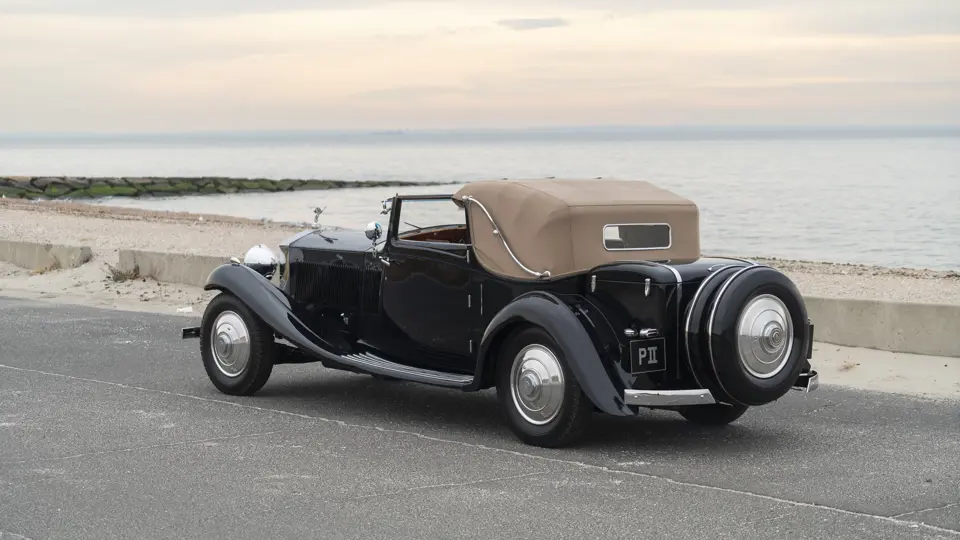
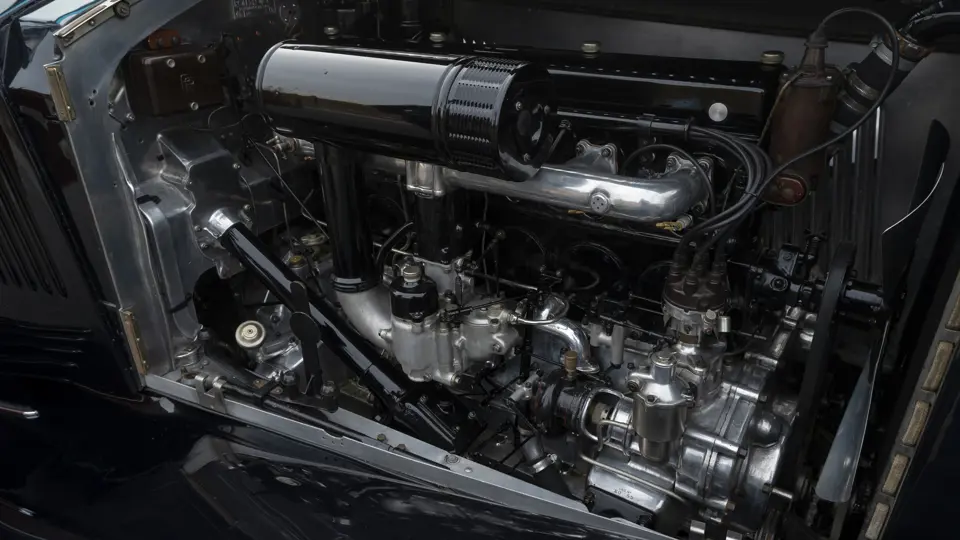


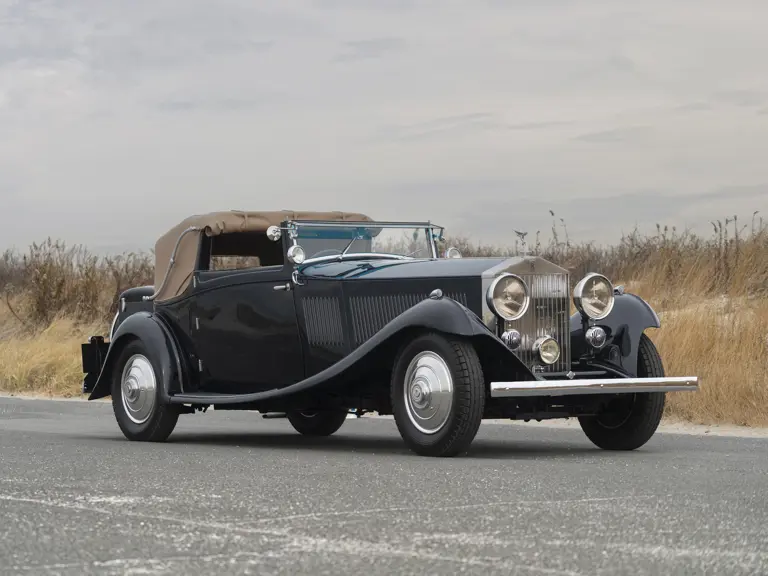


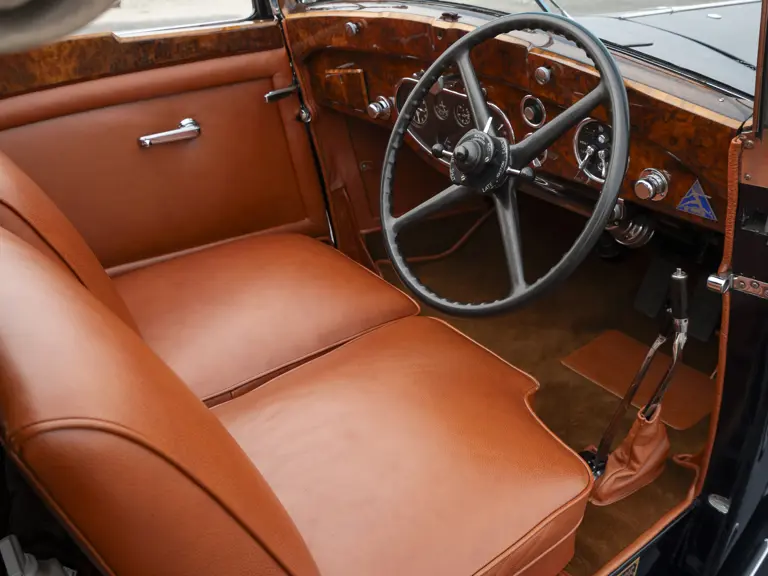

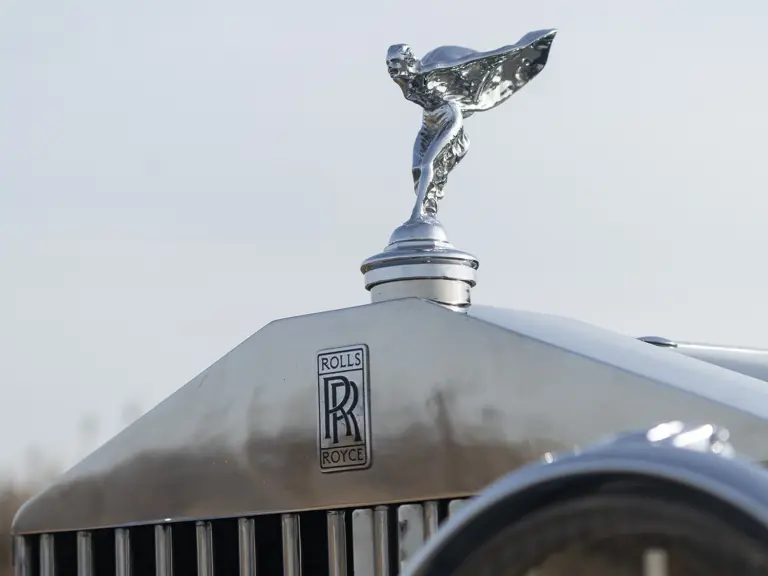

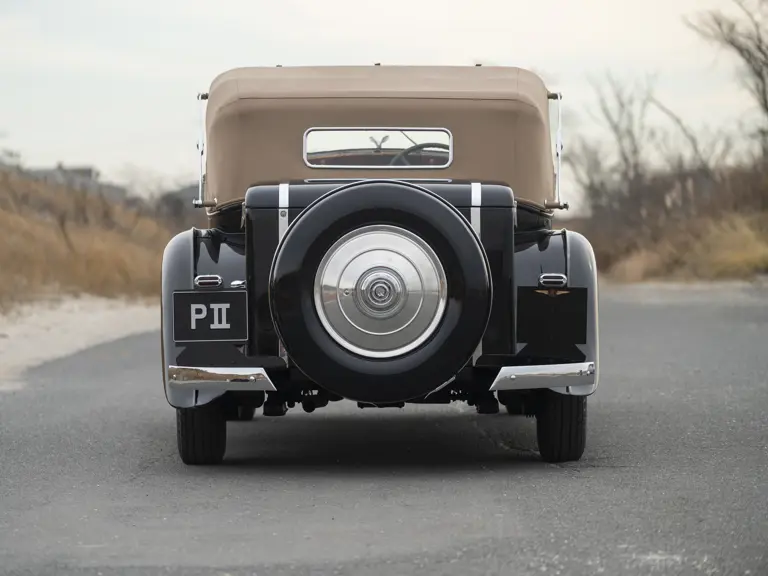
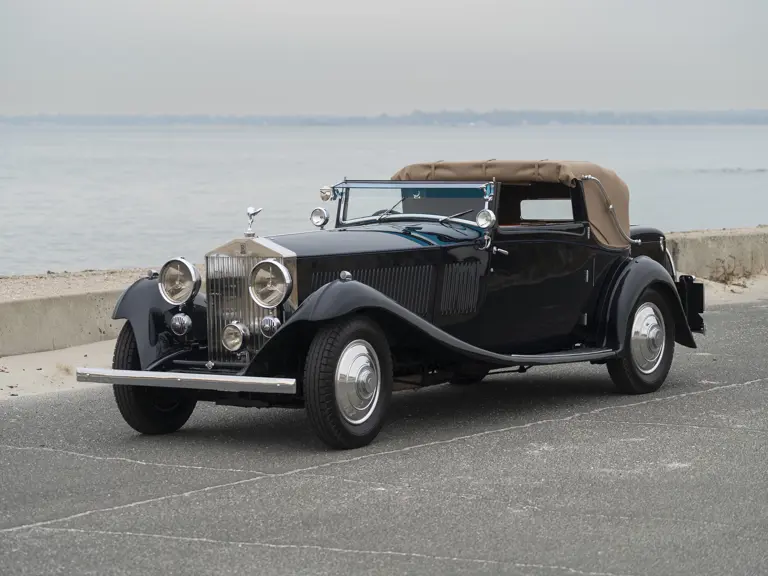
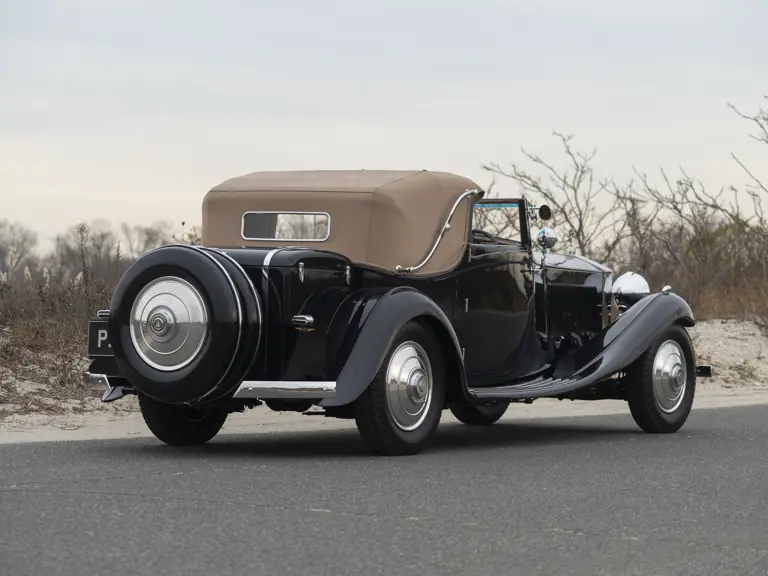

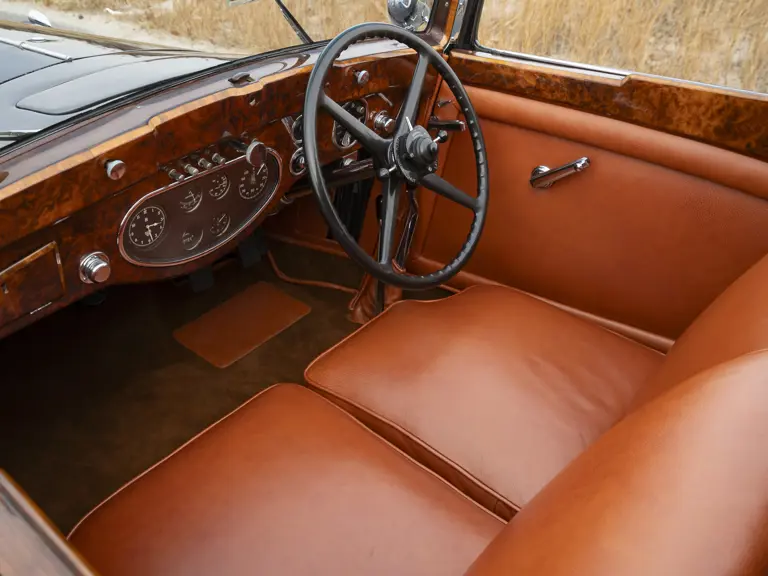

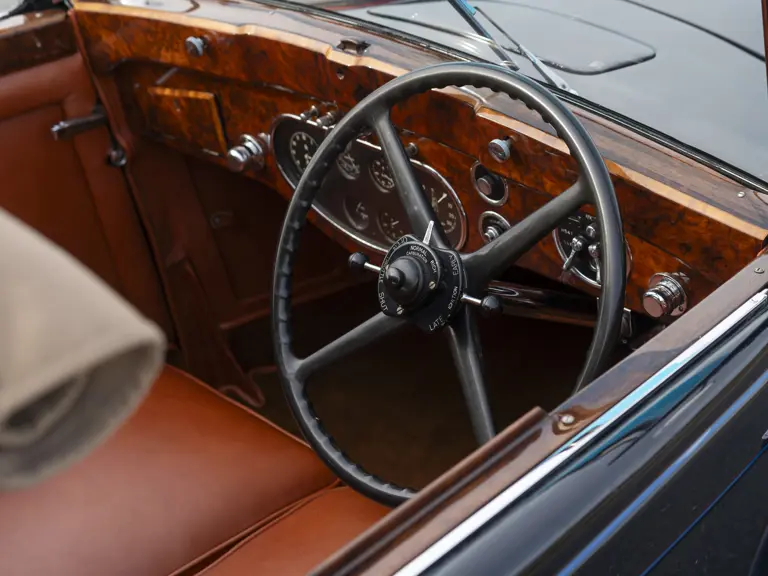
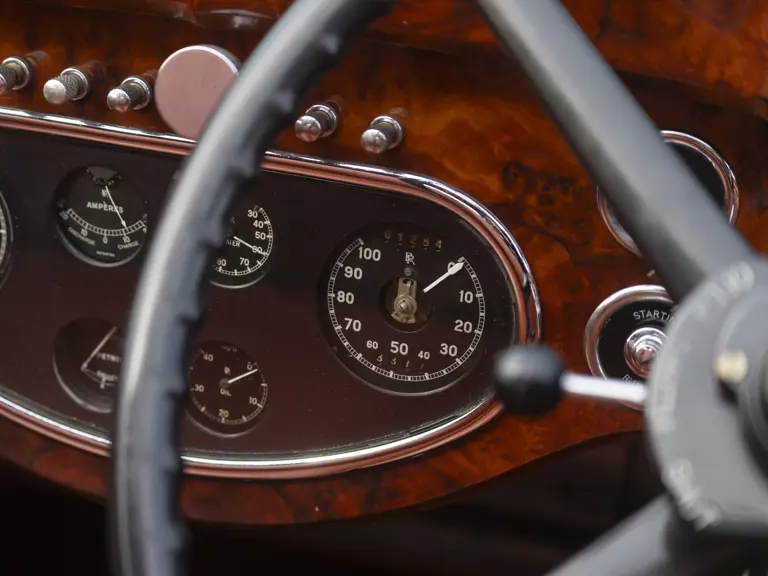
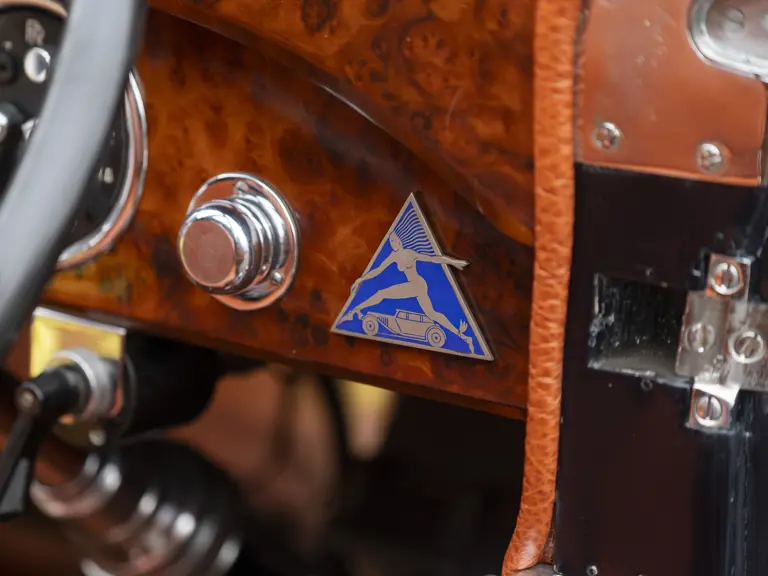

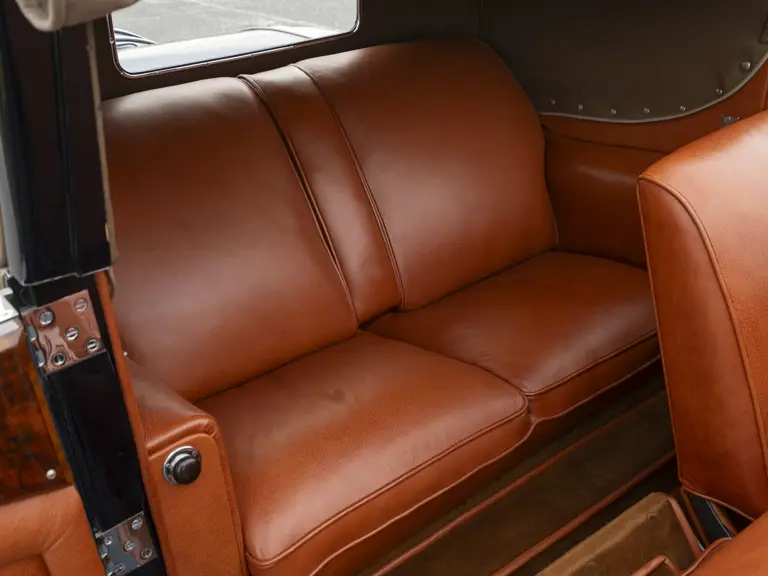
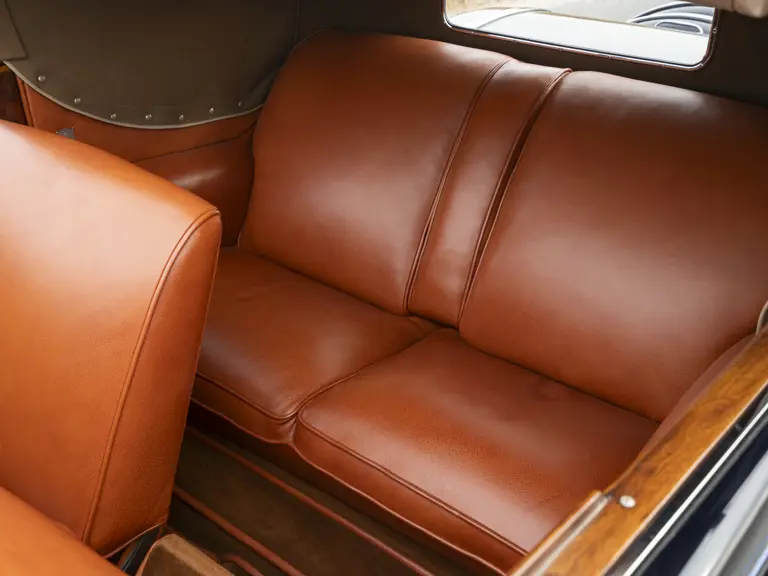
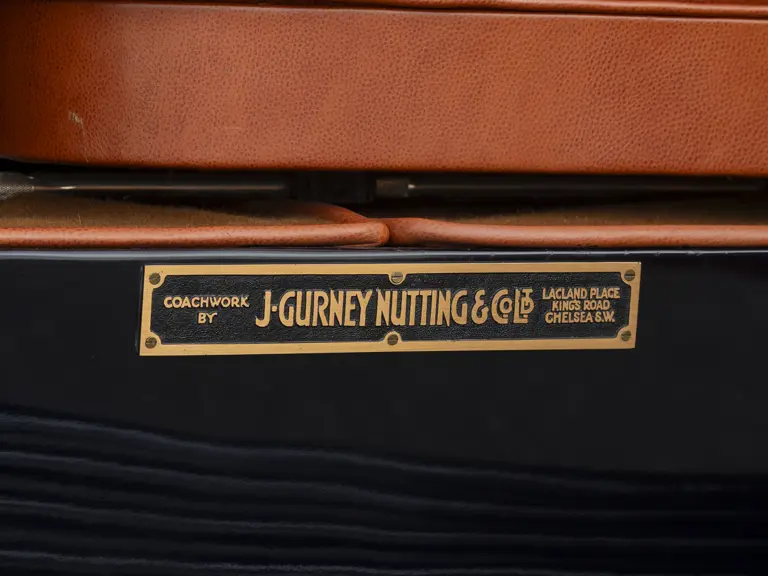
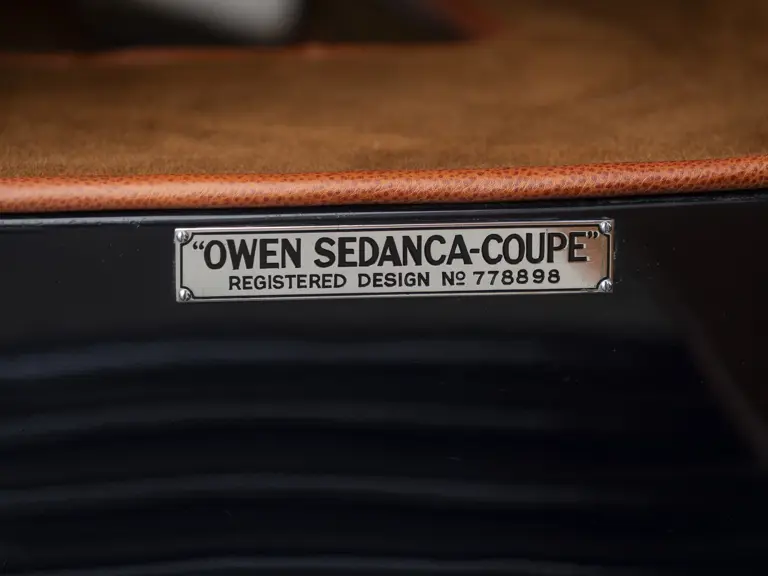

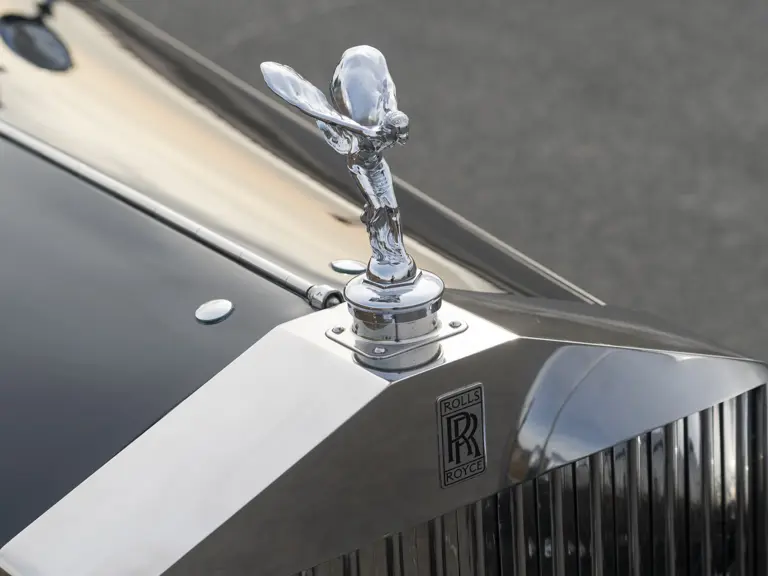

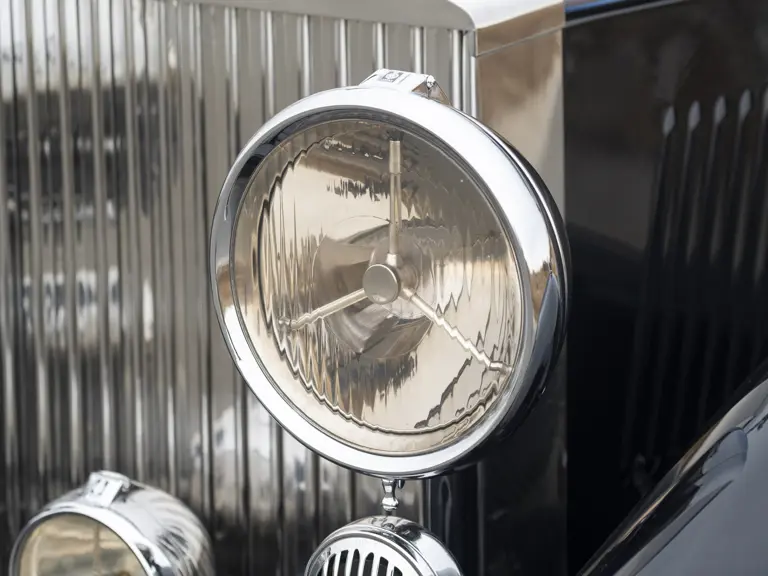



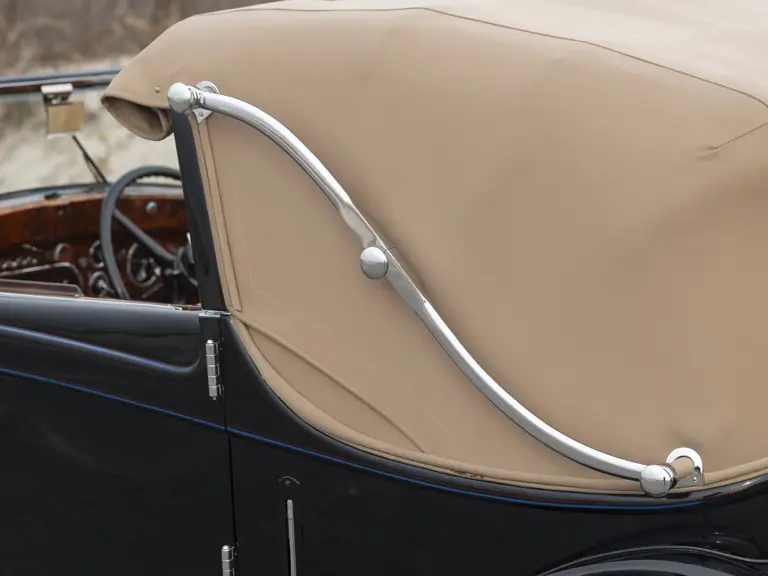

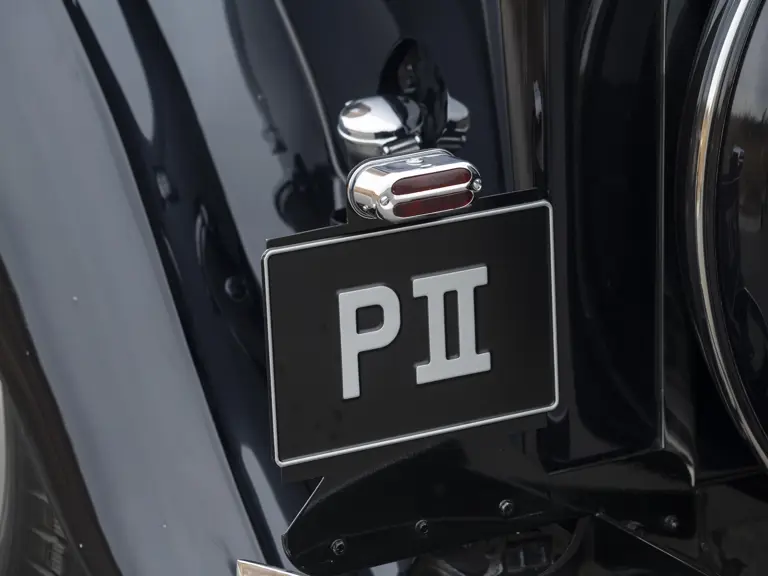
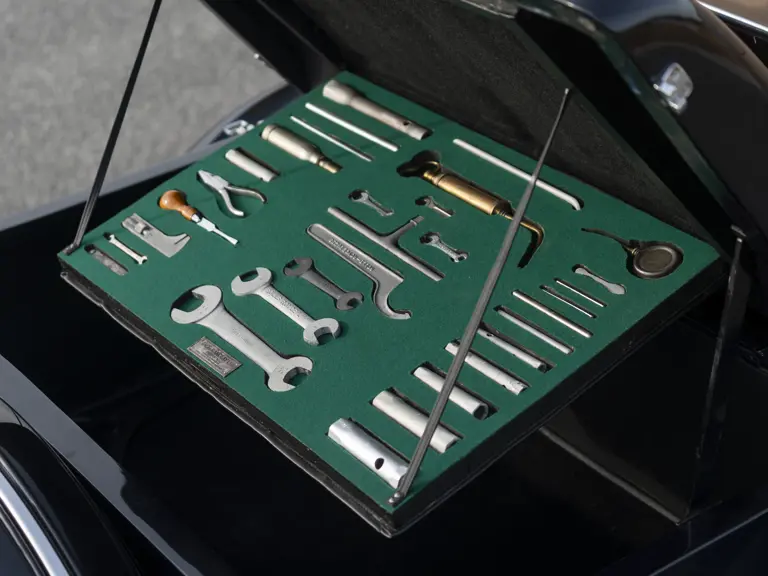
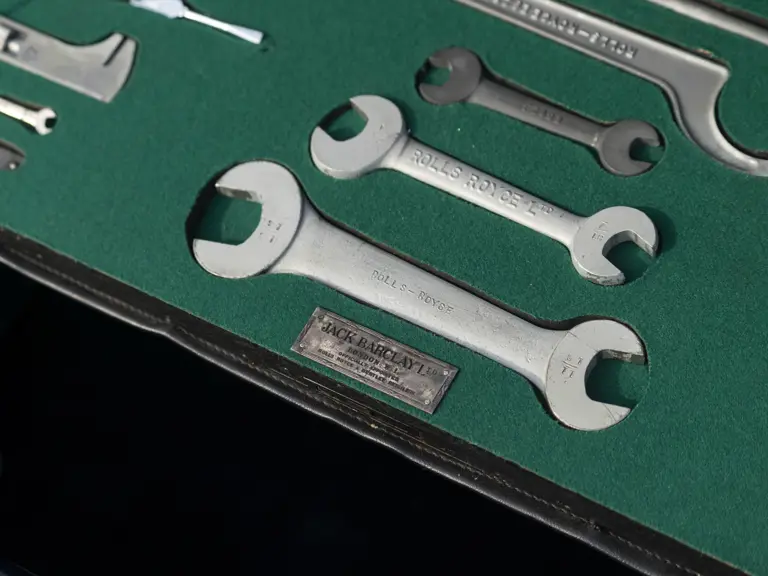
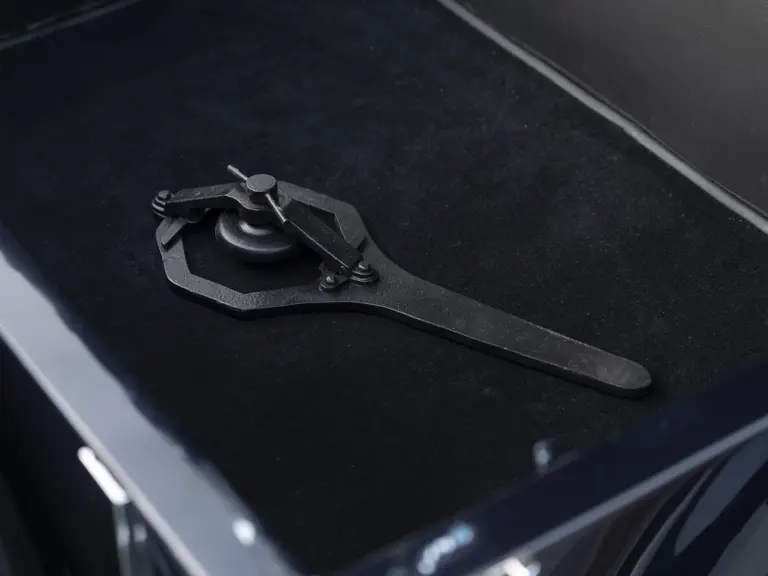
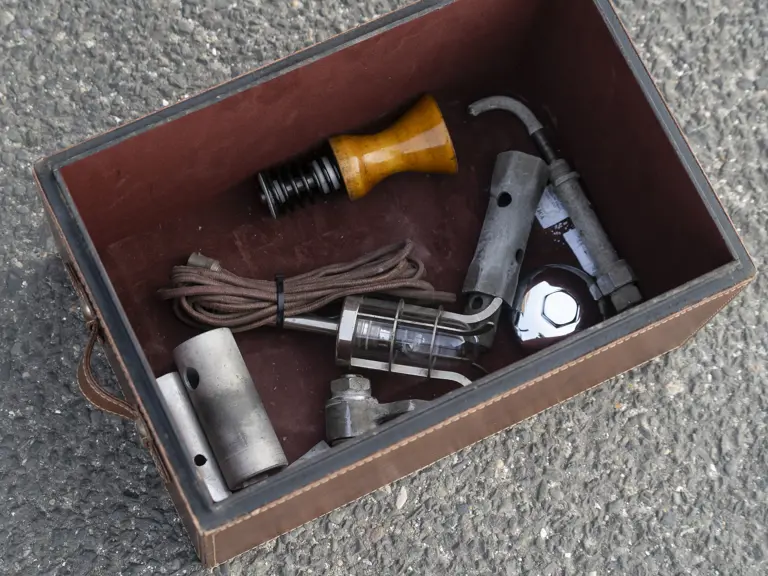
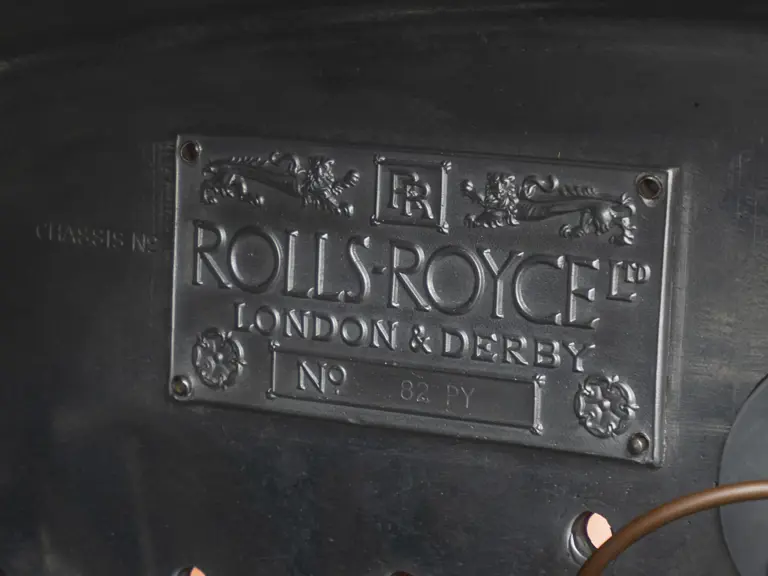
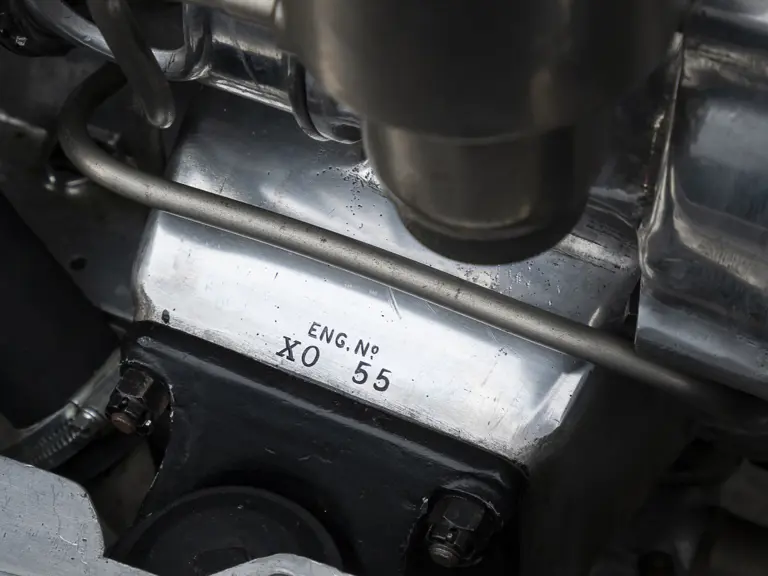
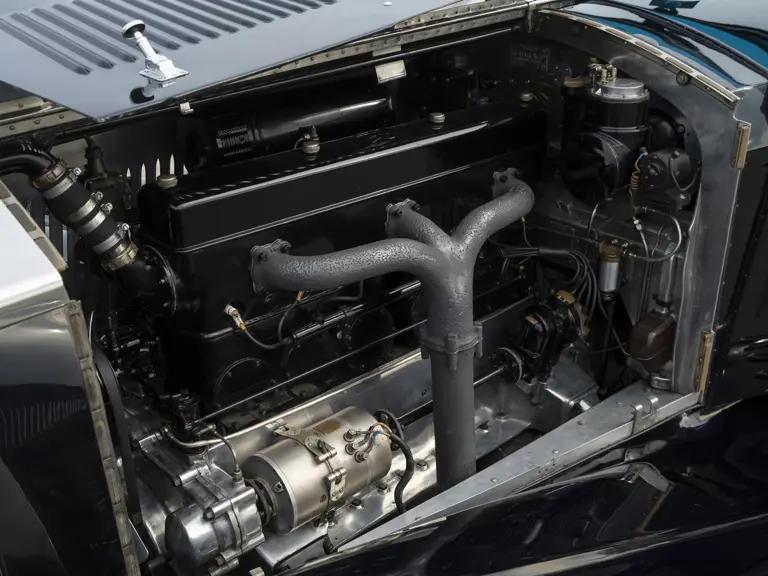

 | Phoenix, Arizona
| Phoenix, Arizona
